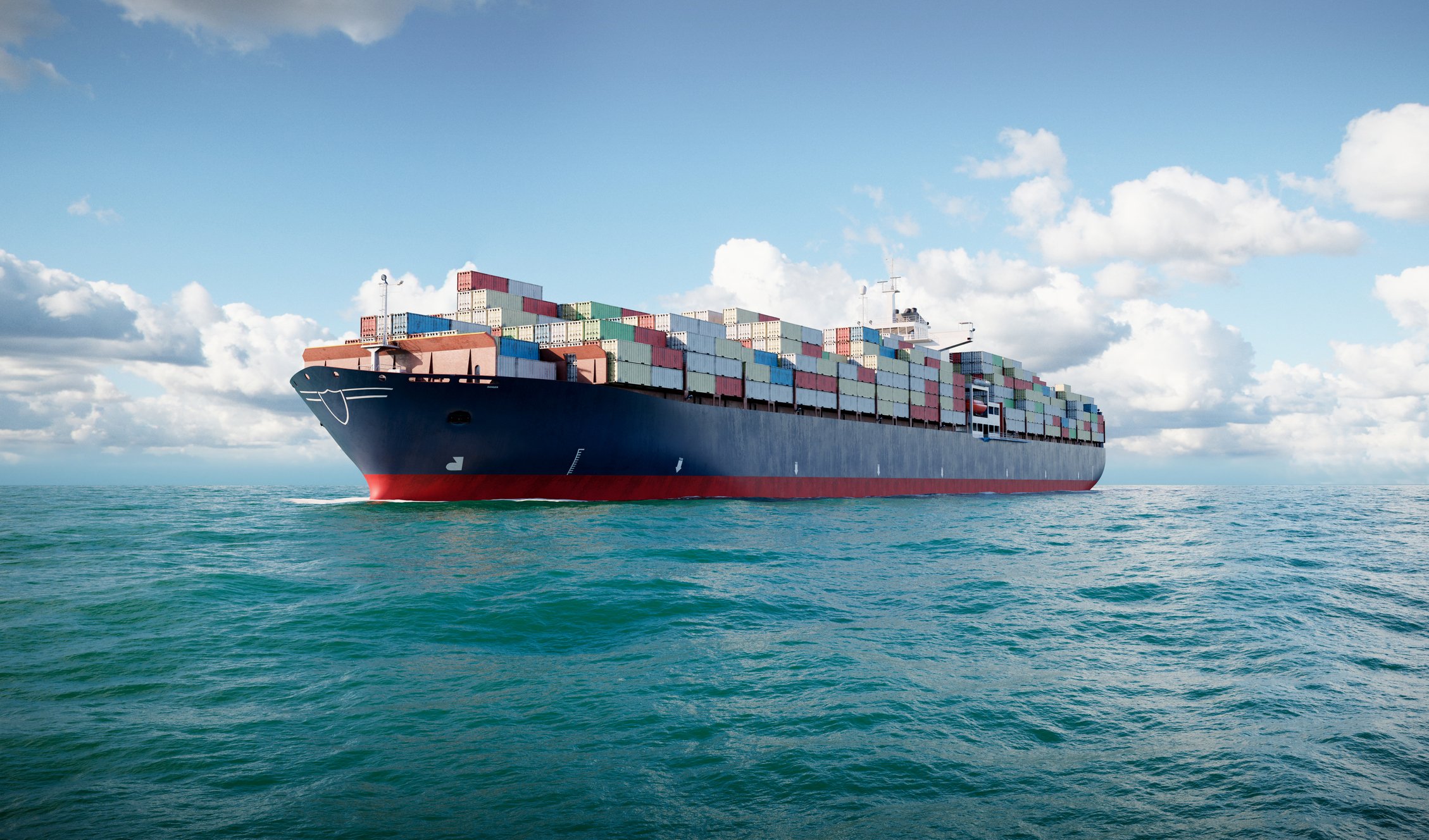It has been a tough couple of years for investors in Textainer Group Holdings Limited (TGH +0.00%). Sluggish global trade has been a noticeable weight on demand for shipping containers, which has pushed down pricing for both container sales and lease rates. These factors have had a devastating impact on Textainer's financial results, which caused its stock to plummet more than 65% over the past few years.
That said, recent data suggests that the worst of the market downturn is in the rearview mirror. However, that doesn't mean all of the company's worries have evaporated. Topping that list of concerns is the company's balance sheet after debt and assets have headed in the wrong direction over the past two years. It's a troubling trend that leaves investors with something to worry about.

Image source: Getty Images.
The financial checkup
Before the shipping market started to tank, Textainer had been rapidly expanding its container fleet. As the following chart shows, the company's asset base rose steadily from 2012 through 2014:

Data source: Textainer Group Holdings Limited.
However, as that chart also shows, as assets grew, so did debt, which was the company's primary funding source. That said, while the asset base started sinking in 2015, its debt has continued to expand.
That's a concern because earnings as measured by EBITDA also topped out in 2014, and it had fallen from $442 million down to $347 million last year. As a result, the company's leverage ratio has risen from a low of 5.7 times debt to EBITDA in 2012 all the way up to an eye-popping 8.8 times last year. Likewise, the company's debt-to-equity ratio has risen from 2.2 times in 2012 up to 2.6 times last year. While that's low leverage relative to its publicly traded peers, it's a growing concern given that earnings are in a downward spiral while debt continues to increase, which isn't sustainable.
How to fix the problem
Textainer needs to take a two-pronged approach to address its balance sheet issues by both reducing debt and increasing earnings. The company has already taken one step toward shoring up its balance sheet by recently securing a new debt facility, which it used to complete the early repayment of $424 million of debt. That new facility and debt repayment will give the company a bit more breathing room to continue paying down debt by selling off low-margin containers.
The other thing the company needs to keep driving down is costs, which would boost earnings. Last year, for example, the company's general and administrative expenses fell 4.8% to $26.3 million, saving the company more than $1.3 million. However, that's pocket change compared to what rival Triton International (TRTN +0.00%) has planned. Triton, which was created last year via the merger of two of Textainer's rivals, has targeted $40 million of annual organizational cost savings. While that's from a much higher starting point given Triton's larger size, it shows how serious the company is about getting control of costs.
Another area where Textainer can better control costs is interest expenses, which ballooned to $85.2 million last year, up 11.4% from 2015. By paying down debt, or at least refinancing a portion at lower interest rates, Textainer could save a boatload of money that could go to shareholders instead of creditors.
Investor takeaway
Textainer's debt-fueled expansion has come back to bite the company now that market conditions have deteriorated. That's because the company's leverage has grown to worrisome levels thanks to a shrinking asset base and sinking earnings. It's a situation the company needs to address by making moves to pay off debt and boosting profits, which would give investors one less reason to worry.






